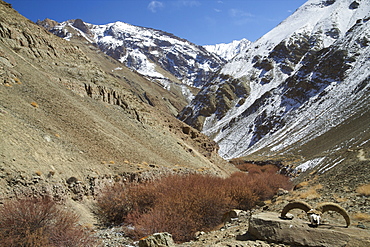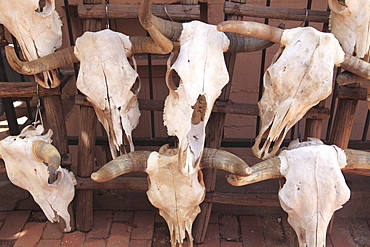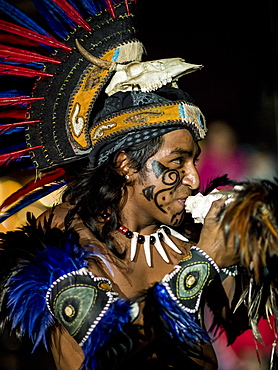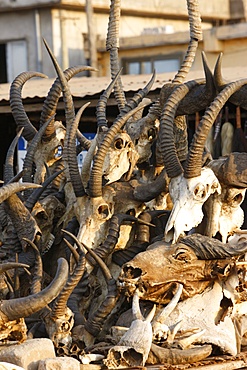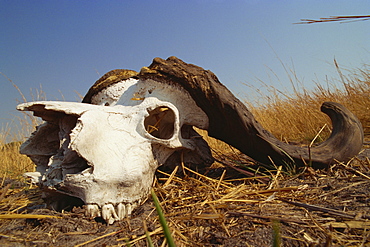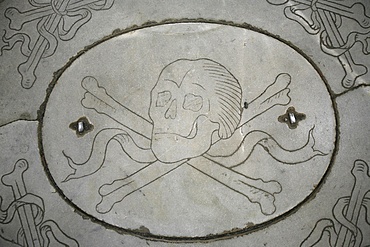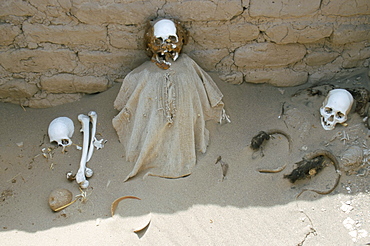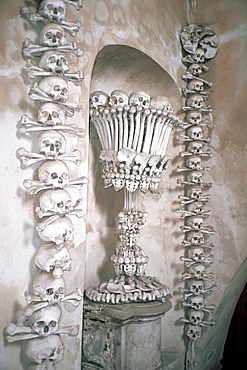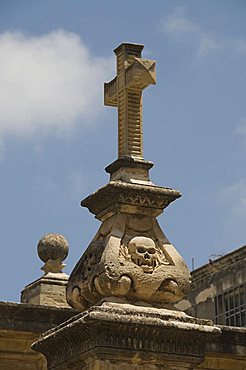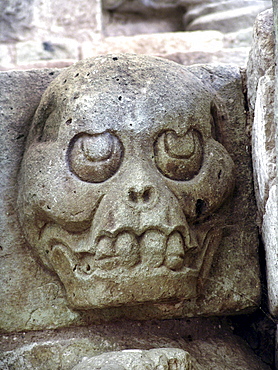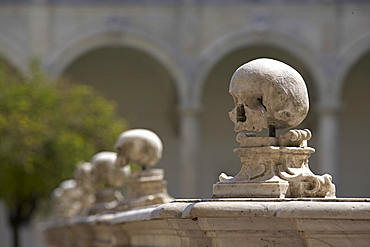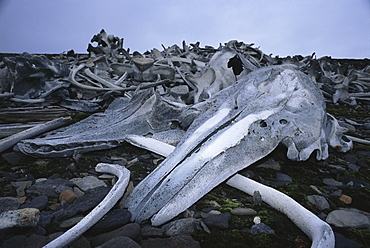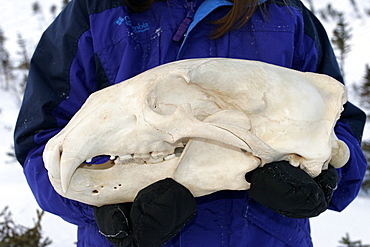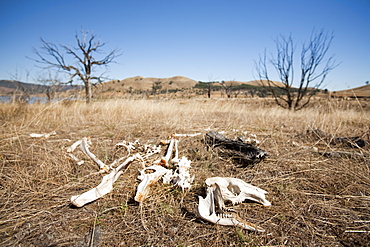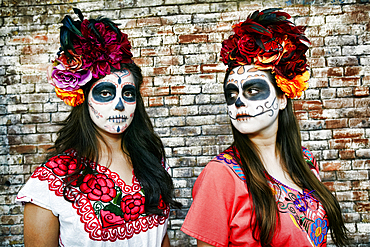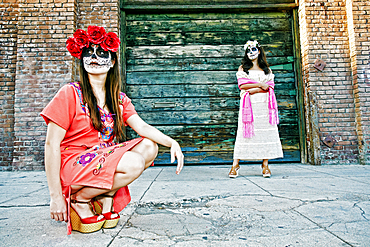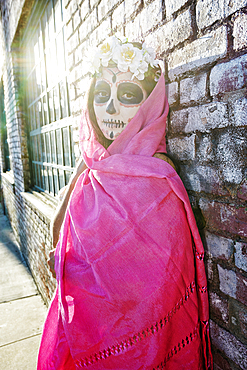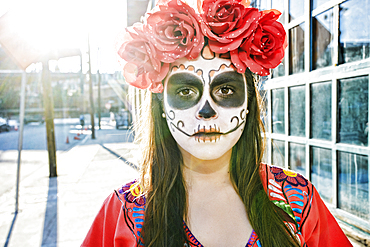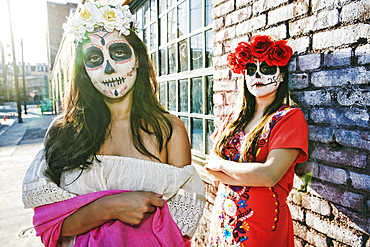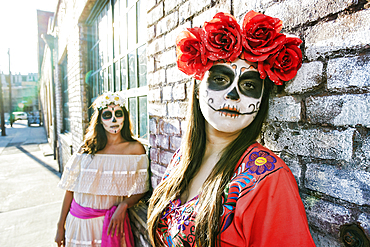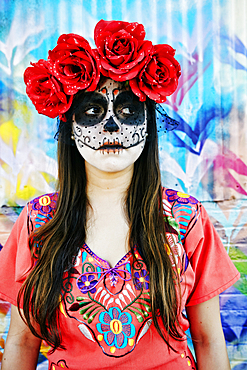Results
« Previous 1 2
111 results found
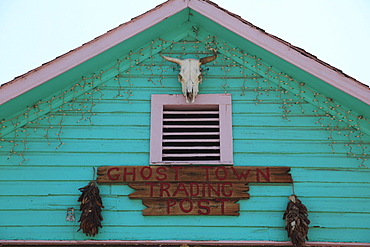
Shop, Madrid, former mining town in the Ortiz Mountains, Turquoise Trail, New Mexico, United States of America, North America

Lac Assal, the lowest point on the African continent and the most saline body of water on earth, Djibouti, Africa
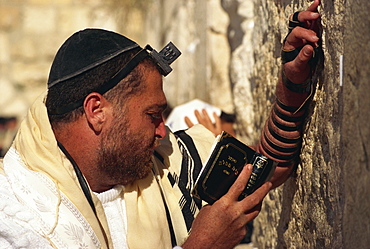
Close-up of Jew wearing shawl, skull cap and phylactery and holding a book, praying at the Western Wall in Jerusalem, Israel, Middle East
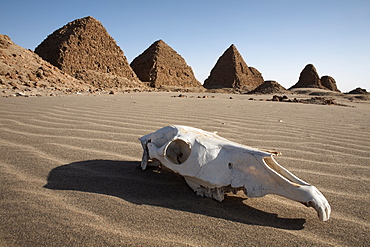
A camel skull at the royal cemetery of Nuri, burial place of King Taharqa, ancient ruler of the Kingdom of Kush, Karima, Sudan, Africa

Mayan skull and Rosalila temple replica, Museum of Sculpture, Copan Ruins, Honduras, Central America

A camel skull at the royal cemetery of Nuri, burial place of King Taharqa, ancient ruler of the Kingdom of Kush, Karima, Sudan, Africa
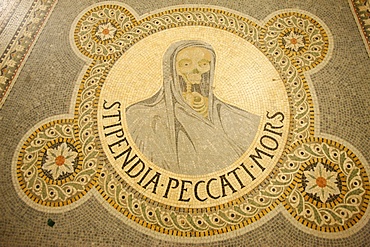
Mosaic of skull depicting Stipendium peccati mors (the wages of sin is death) in Fourvi?re basilica, Lyon, Rhone, France, Europe

Sugar skull decorations for the Day of the Dead festival, San Miguel de Allende, Guanajuato, Mexico, North America

Erosion pattern, Uluru (Ayers Rock), UNESCO World heritage Site, Northern Territory, Australia, Pacific
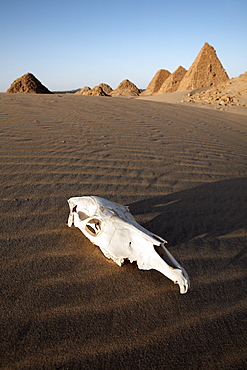
A camel skull at the royal cemetery of Nuri, burial place of King Taharqa, ancient ruler of the Kingdom of Kush, Karima, Sudan, Africa
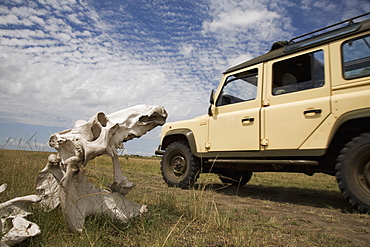
Skeleton of hippopotamus (Hippopotamus amphibius), Masai Mara National Reserve, Kenya, East Africa, Africa

Brazil, Salvador De Bahia, Historic Quarter Of Pelourinho, The Baroque Igreja (Church) Sao Francisco Built In Xviii Th Century, Stone Facade With Statue Of The Saint Holding A Skull
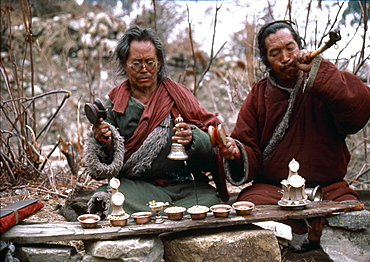
Nepal. Sonam & boom praying at charnel grounds. Humla. Vajrayana is tantric mahasiddha, lives fearlessly in terrifying places like remote jungles charnel grounds. nyingma lamas perform ritual at cremation grounds. lama rattles damaru, a small ritual drum to have origins in - shamanism. damaru, used as a tantric device to summon gods ward evil spirits, once made from human skull bones dried human skin as a reminder of impermanence of body. other lama, boom blows a kangling, a human thigh-bone horn. kangling is used in exorcism is capable of gods demons. Traditionally, best bones a kangling come from brahmans, particularly sixteen-year- brahman girls-or from tigers
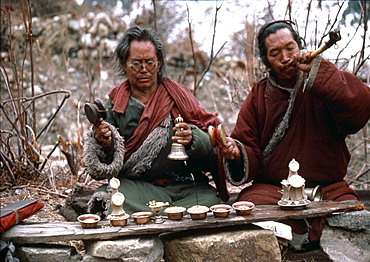
Nepal. Ritual, sonam/boom. Lobsangs cremation. Humla. traveler reached of journey! In freedom of infinite he is free from sorrow, fetters that bound thrown away, burning fever of life is no more,oesays dharmapada. Lobsang having spent whole life preparing moment of death, finds liberation on february 14, 1986. Extensive ritual follows cremation-traditionally a forty nine period, sonam lama rattles damaru. A small ritual drum to have origin in - shamanism. damaru, used as a tantric device to summon gods ward evil spirits, once made from human skull bone dreid human skin as a reminder of impermanence of body. Boom lama blows a kangling, a human thigh-bone horn. kangling is used in exorcism is capable of gods demons. Traditionally, best bones a kangling come from brahmans, particularly sixteen-year- brahman girls-or from tigers. On makeshift altar rest chhome, votive lamps filled with butter, cups of water, grains, tormas, holy food made of barley meal decorated with medallions of butter offered to gods. Alone, boom lama continues prayers of deceased
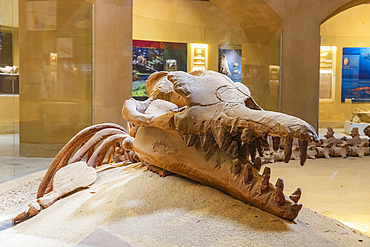
Wadi al Hitan, Faiyum, Egypt. February 20, 2022. Fossil whale skull in the museum at Wadi el-Hitan paleontological site.

A warning sign about the presence of Argentinian mines on the Falkands, left over from the 1980's Falklands conflict when Argentina invaded the islands.
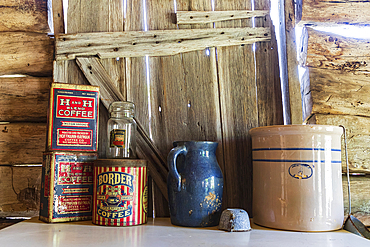
Castroville, Texas, USA. April 12, 2021. Cow skull leaning against historic building in the Texas hill country.
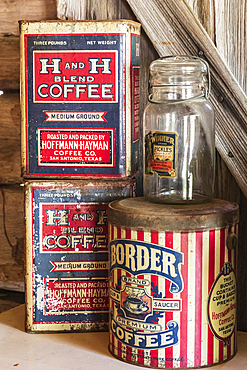
Castroville, Texas, USA. April 12, 2021. Cow skull leaning against historic building in the Texas hill country.
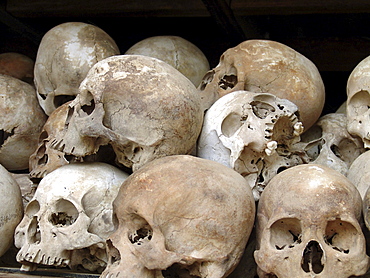
Cambodia skulls of people murdered by the khmer rouge, at the killing fields national monument, pnom penh
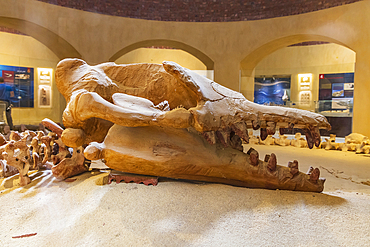
Wadi al Hitan, Faiyum, Egypt. February 20, 2022. Fossil whale skull in the museum at Wadi el-Hitan paleontological site.

Wadi al Hitan, Faiyum, Egypt. February 20, 2022. Fossil skull of a paleomastodon elephant in the museum at Wadi el-Hitan paleontological site.

Wadi al Hitan, Faiyum, Egypt. February 20, 2022. Whale skull fossil in the museum at Wadi el-Hitan paleontological site.
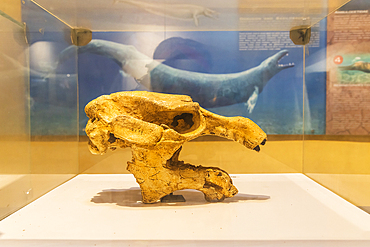
Wadi al Hitan, Faiyum, Egypt. February 20, 2022. Whale skull fossil in the museum at Wadi el-Hitan paleontological site.
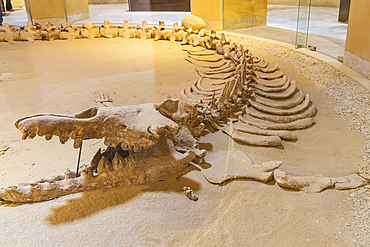
Wadi al Hitan, Faiyum, Egypt. February 20, 2022. Whale fossil in the museum at Wadi el-Hitan paleontological site.
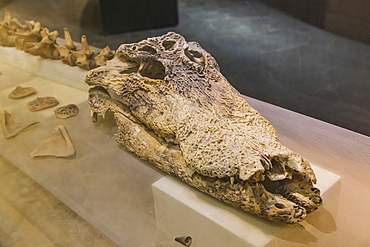
Wadi al Hitan, Faiyum, Egypt. February 20, 2022. Fossil crocodile skull in the museum at Wadi el-Hitan paleontological site.
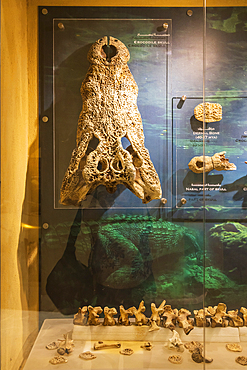
Wadi al Hitan, Faiyum, Egypt. February 20, 2022. Fossil crocodile skull in the museum at Wadi el-Hitan paleontological site.

Brazil, Salvador De Bahia.Ancient Pelourinho Neighbourhood.Statue Of San Francisco Holding A Skull. Sao Francisco Church
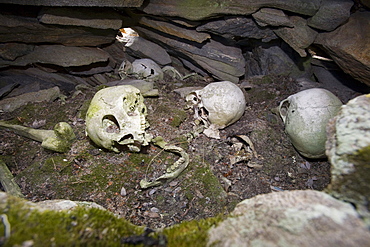
A human Inuit skull in a stone chambered cairn, an ancient grave at least 2000 years old, in Ilulissat in Greenland, Polar Regions
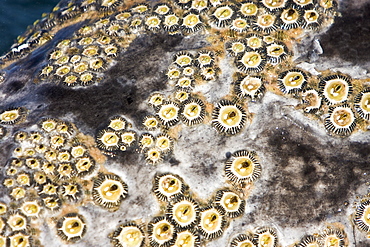
National Geographic Photographer Ralph Lee Hopkins with a walrus skull (Odobenus rosmarus rosmarus) on the tundra off Freemansundet, Svalbard Archipelago, Barents Sea, Norway

Weddell seal (Leptonychotes weddellii) skull (note the cusped teeth) on the beach near the Antarctic Peninsula. Weddell seals used to be hunted as food for dog sled teams.
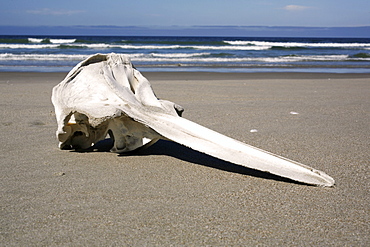
Long-beaked Common Dolphin (Delphinus capensis) skull found on the beach at Isla Magdalena, Baja, California Sur. Pacific Ocean. Possible by-catch in purse-seiner?
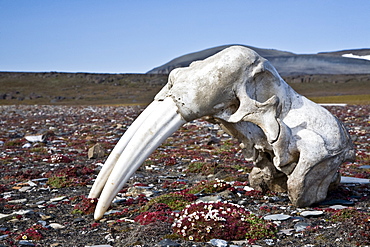
Walrus skull (Odobenus rosmarus rosmarus) on the tundra off Freemansundet in the Svalbard Archipelago in the Barents Sea, Norway
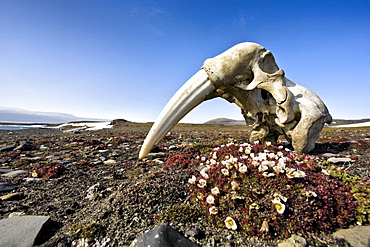
Walrus skull (Odobenus rosmarus rosmarus) on the tundra off Freemansundet in the Svalbard Archipelago in the Barents Sea, Norway
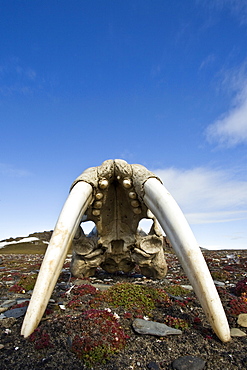
Walrus skull (Odobenus rosmarus rosmarus) on the tundra off Freemansundet in the Svalbard Archipelago in the Barents Sea, Norway
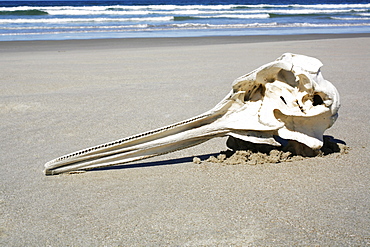
Long-beaked Common Dolphin (Delphinus capensis) skull found on the beach at Isla Magdalena, Baja, California Sur. Pacific Ocean. Possible by-catch in purse-seiner?
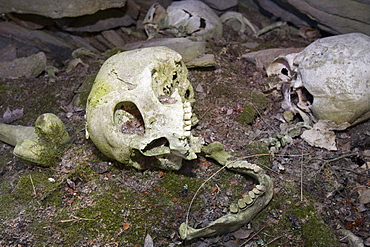
A human Inuit skull in a stone chambered cairn, an ancient grave at least 2000 years old, in Ilulissat in Greenland, Polar Regions
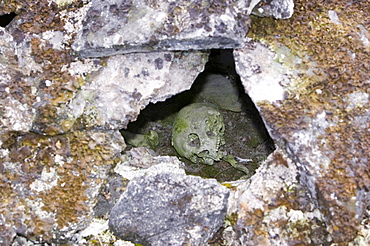
A human Inuit skull in a stone chambered cairn, an ancient grave at least 2000 years old, in Ilulissat in Greenland, Polar Regions
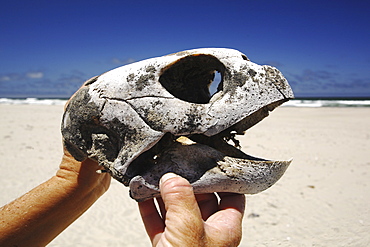
The skull of a dead loggerhead turtle - possibly killed as by-catch, Pacific Coast beaches of Isla Magdalena, North Pacific Ocean.

National Geographic Photographer Ralph Lee Hopkins with a walrus skull (Odobenus rosmarus rosmarus) on the tundra off Freemansundet, Svalbard Archipelago, Barents Sea, Norway
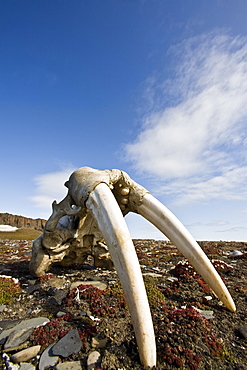
Walrus skull (Odobenus rosmarus rosmarus) on the tundra off Freemansundet in the Svalbard Archipelago in the Barents Sea, Norway
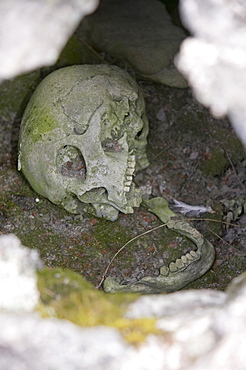
A human Inuit skull in a stone chambered cairn, an ancient grave at least 2000 years old, in Ilulissat in Greenland, Polar Regions
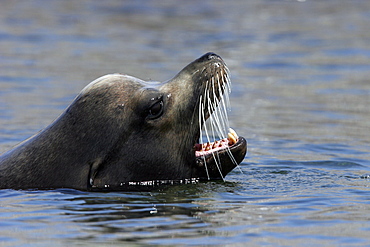
California Sea Lion bull (Zalophus californianus) swimming in the midriff islands of the Gulf of California (Sea of Cortez), Mexico

Colorful Mexican ceramic skulls or calaveras and Frida Kahlo souvenirs in Playa del Carmen, Riviera Maya, Quintana Roo, Mexico
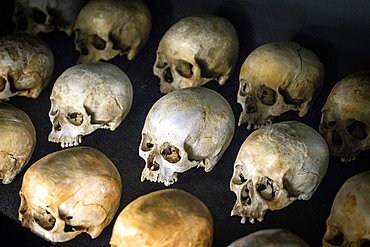
Damaged skulls of known victims of the 1994 Rwandan Genocide remain interred inside of of the Kigali Genocide Memorial as a testament to those lost in the brutality, Kigali, Rwanda.

Verges, a small town in the Northeast of Catalonia (Spain), during Easter celebrates the Procession of Verges with skeletons dancing on the sound of a drum, Roman soldiers, known as the 'Manages', and a representation of the life and crucifixion of Jesus Christ. The Procession features the Dance of Death, a tradition from the Middle Age associated with epidemics and plagues and the only one remaining in Spain Ten skeletons dance to the beat of a drum to remember that no one is exempt of death. The backdrop of the medieval walls and towers of Verges is key to this macabre staging.
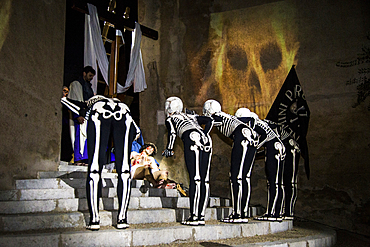
Verges, a small town in the Northeast of Catalonia (Spain), during Easter celebrates the Procession of Verges with skeletons dancing on the sound of a drum, Roman soldiers, known as the 'Manages', and a representation of the life and crucifixion of Jesus Christ. The Procession features the Dance of Death, a tradition from the Middle Age associated with epidemics and plagues and the only one remaining in Spain Ten skeletons dance to the beat of a drum to remember that no one is exempt of death. The backdrop of the medieval walls and towers of Verges is key to this macabre staging.

Verges, a small town in the Northeast of Catalonia (Spain), during Easter celebrates the Procession of Verges with skeletons dancing on the sound of a drum, Roman soldiers, known as the 'Manages', and a representation of the life and crucifixion of Jesus Christ. The Procession features the Dance of Death, a tradition from the Middle Age associated with epidemics and plagues and the only one remaining in Spain Ten skeletons dance to the beat of a drum to remember that no one is exempt of death. The backdrop of the medieval walls and towers of Verges is key to this macabre staging.
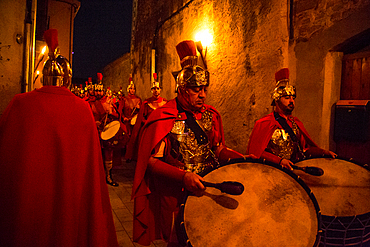
Verges, a small town in the Northeast of Catalonia (Spain), during Easter celebrates the Procession of Verges with skeletons dancing on the sound of a drum, Roman soldiers, known as the 'Manages', and a representation of the life and crucifixion of Jesus Christ. The Procession features the Dance of Death, a tradition from the Middle Age associated with epidemics and plagues and the only one remaining in Spain Ten skeletons dance to the beat of a drum to remember that no one is exempt of death. The backdrop of the medieval walls and towers of Verges is key to this macabre staging.

Verges, a small town in the Northeast of Catalonia (Spain), during Easter celebrates the Procession of Verges with skeletons dancing on the sound of a drum, Roman soldiers, known as the 'Manages', and a representation of the life and crucifixion of Jesus Christ. The Procession features the Dance of Death, a tradition from the Middle Age associated with epidemics and plagues and the only one remaining in Spain Ten skeletons dance to the beat of a drum to remember that no one is exempt of death. The backdrop of the medieval walls and towers of Verges is key to this macabre staging.
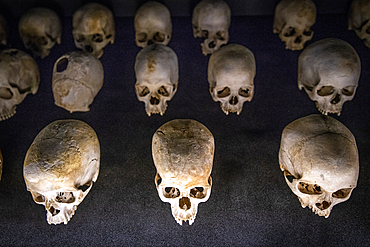
Damaged skulls of known victims of the 1994 Rwandan Genocide remain interred inside of of the Kigali Genocide Memorial as a testament to those lost in the brutality, Kigali, Rwanda.
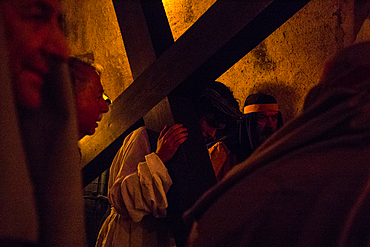
Verges, a small town in the Northeast of Catalonia (Spain), during Easter celebrates the Procession of Verges with skeletons dancing on the sound of a drum, Roman soldiers, known as the 'Manages', and a representation of the life and crucifixion of Jesus Christ. The Procession features the Dance of Death, a tradition from the Middle Age associated with epidemics and plagues and the only one remaining in Spain Ten skeletons dance to the beat of a drum to remember that no one is exempt of death. The backdrop of the medieval walls and towers of Verges is key to this macabre staging.
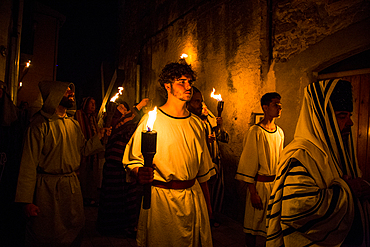
Verges, a small town in the Northeast of Catalonia (Spain), during Easter celebrates the Procession of Verges with skeletons dancing on the sound of a drum, Roman soldiers, known as the 'Manages', and a representation of the life and crucifixion of Jesus Christ. The Procession features the Dance of Death, a tradition from the Middle Age associated with epidemics and plagues and the only one remaining in Spain Ten skeletons dance to the beat of a drum to remember that no one is exempt of death. The backdrop of the medieval walls and towers of Verges is key to this macabre staging.



